
Q&A Getting Started with Tecplot 360 – Basics Training
You asked some great questions during the Tecplot 360 Basics Online Training session using the ONERA M6 Wing data. Here are the answers! […]

You asked some great questions during the Tecplot 360 Basics Online Training session using the ONERA M6 Wing data. Here are the answers! […]
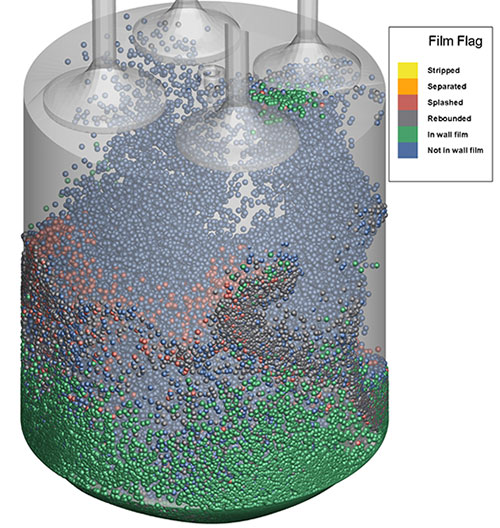
Tecplot 360 is designed to read and display numeric data, but sometimes you may have categorical data that is best represented using names. An example of this type of data is a groundwater simulation in which scalar values refer to materials such as rock, sand, and water. Another example is … […]
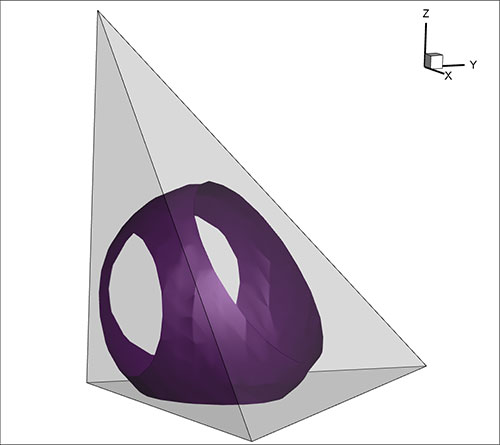
There is a lot of complexity with higher-order finite-element data that complicate the visualization process. What are the challenges visualizing higher-order element data? […]

ATS, Tecplot’s distributor in Brazil, is an engineering services and software distribution company specializing in high-end numerical computational solutions. They work with clients in the aeronautical, space, defense, oil & gas, mining and heavy industries. […]
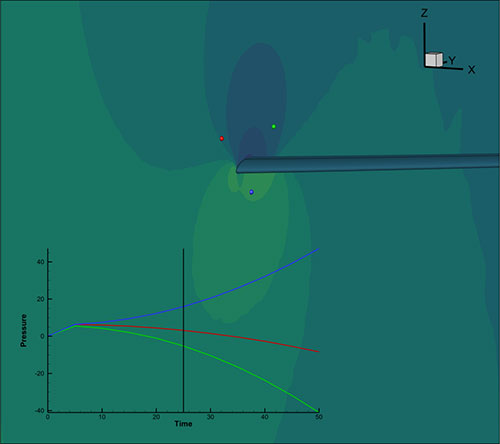
Learn how to extract Pressure values, through time, from the wall of a simulation at specific XYZ locations. Then plot the results with Time on the X-Axis and Pressure on the Y-Axis for each XYZ location. We will be using tecplot.data.probe_on_surface() from PyTecplot. […]
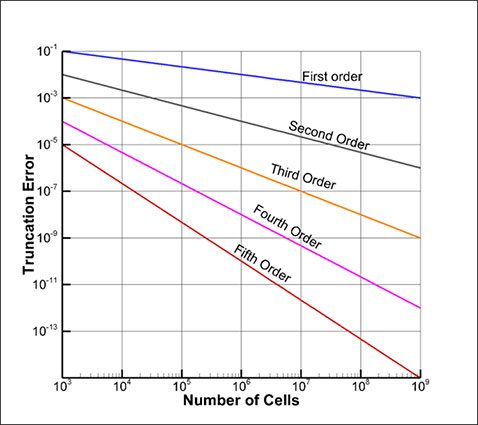
Don’t Panic! This is good advice from Dr. Scott Imlay in his blog on visualizing the results from higher-order element computational fluid dynamics. Read about his recent research at Tecplot (and review your diffeq!) […]

Do you have Tecplot macro tutorials? Yes! is the answer given by Scott Fowler, Tecplot 360 Product Manager, in a recent “Ask the Expert” webinar. […]
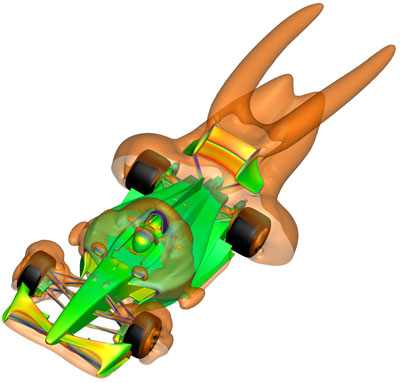
Questions asked during the Webinar, From Zero to Hero: Tecplot 360 Basics are answered by Tecplot 360 Product Manager, Scott Fowler. […]

How can I optimize my PyTecplot scripts? Read these 5 tips that will help you optimize your PyTecplot scripts using best practices. […]

The 2019 R1 version of Tecplot RS introduces a new Well Path analysis workflow. The powerful operations in this workflow can be accessed through a very simple interface that helps you get to your solution quickly and easily. […]